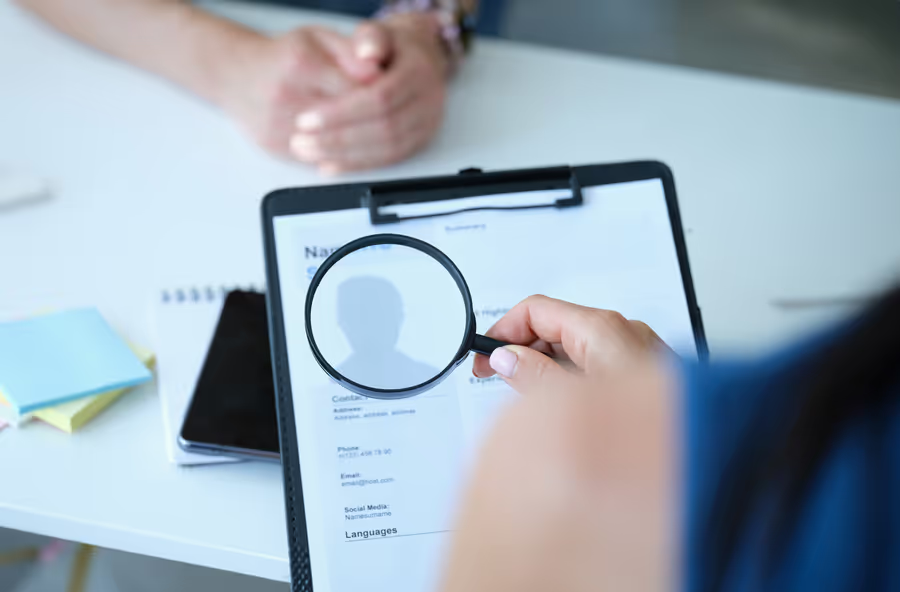When you start working for yourself as a sole trader, one of the initial benefits is that you don’t have to pay tax as money comes in – unlike the PAYE system, in which employees’ earnings have tax deducted at source. However, you do need to plan ahead for your first ‘Payment on Account’, which is an advance charge made against your future tax bill.
This payment can be a shock if you don’t know about it, so we’ve created this simple guide to payments on account to help you understand what it is, why it’s charged, how you can plan for it and how you can make a payment, including tax payments by credit card.
What is a payment on account?
A payment on account is an advance payment towards your future tax bill, calculated based on your previous year's income tax and Class 4 National Insurance contributions. This system helps self-employed individuals and those with income not taxed at source to spread their tax payments throughout the year.
When you start working for yourself as a sole trader, one of the initial benefits is that you don't have to pay tax as money comes in - unlike the PAYE system, where employee's earnings have tax deducted at source. However, it's crucial to understand how payments on account work to effectively manage your tax obligations and cash flow.
{{tax-guide}}
How payments on account work
Payments on account are designed to help self-employed individuals and others who do not have tax deducted at source to spread the cost of their tax bill. The system operates as follows:
1. Estimation based on the previous year:
HMRC estimates your tax liability for the current year by looking at your previous year's tax bill.
2. Two Instalments:
The estimated amounts are split into two equal payments:
- First payment: Due by 31st January (along with any balancing payment for the previous year).
- Second payment: Due by 31st July.
3. Example calculations:
If your tax bill for 2024/25 was £5,000, your payments on account for 2025/26 would be two instalments of £2,500 each.
4. Adjustments at Year-End:
After submitting your tax return, if your actual bill is higher or lower, you'll make a balancing payment or receive a refund.
Important note: just in case this isn’t clear, Payments on Account can mean you have to pay ‘twice’ by the same deadline. For example, you’d have to pay any outstanding tax for the 2025/26 tax year AND make your first payment on account by the same deadline.
Key deadlines to remember:
To stay on top of your tax obligations, keep these important dates in mind:
1. 31st January
- Submit your Self Assessment tax return.
- Pay any balancing payment owed for the previous tax year.
- Make your first payment on account for the current tax year.
2. 31st July
- Make your second payment on account for the current tax year.
By understanding how payments on account work and adhering to these deadlines, you can better manage your finances and avoid potential penalties or interest charges from HMRC.
The most commonly asked Payment on Account questions
Who doesn’t need to make Payments on Account?
If you pay tax through Self Assessment, you have to make Payments on Account unless you either earned less than £1000 in the previous tax year or you’ve paid more than 80% of your tax through PAYE.
What happens if I’m late with my payments on account?
Payment on account is not something that is widely known about among people who have never been part of the Self Assessment system. And if you’ve been expecting a tax bill of, say, £10,000, having to find an extra £5,000 to cover your first payment on account may simply be impossible.
If you can’t pay the whole tax bill by 31st January, you are likely to face interest charges on the outstanding amount. You should get in touch with HMRC as soon as possible to try to arrange a ‘Time-to-Pay’ agreement.
How can I reduce my payments on account?
The size of the payment on account is based on your tax bill for the previous tax year. HMRC assumes that you will continue to earn at the same rate and, therefore, you’ll pay roughly the same amount of tax in the following year.
If you’re going into full-time work or expect most of your earnings to be taxed at source, you might be able to reduce your payment on account. But if you reduce the payment and then end up underpaying tax as a result, HMRC can charge you interest and possibly penalties on the sum involved. Your accountant will be able to advise on the best course of action.
Once you’re over the initial hurdle, payments on account simply spread your tax bill across the year and can make it easier to budget.
Ultimately, it highlights the importance of putting aside enough money for your tax bill and also the value of filing your Self Assessment tax return as early as possible – especially if you’re newly self-employed – to avoid any nasty January surprises.
{{cta-sole-trader-crunchone}}
We take the pain out of Self Assessments
At Crunch, we’re experts at looking after life’s numbers, so you can trust us to make your Self Assessment as worry-free as it can be. Our expert Chartered Certified Accountants will take care of you, just like we did for over 7,500 clients in the last tax year. Check out our Self Assessment service for a one-off fee.


.svg)

.svg)



.webp)












